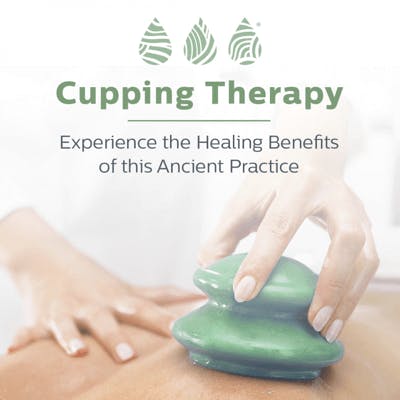
Cupping, also known as myofascial decompression is a soft tissue technique used at Upright Athlete Physical Therapy in Durham. Cupping is a technique that will increase circulation to damaged tissues, providing pain relief and improved movement. Cupping can be done in multiple ways, but the techniques used at Upright Athlete Physical Therapy include static and movement based cupping.
Types of Cupping
Static cupping uses a silicone or plastic “cup” that is placed on the skin. The air is removed, creating a suction cup on the skin. When removed, a red circle may be seen on the skin. This circle is not a bruise, however there may be some mild, post treatment soreness. The mark left on the skin is stagnant blood, which when pulled to the skin, is able to be filtered by the lymphatic system. Stagnant blood may indicate muscle damage and lack of blood flow to the muscle.
Cupping with movement includes placing the same type of plastic or silicone cup on the skin, but then moving the cup along the length of the muscles. Cupping with movement may leave some redness on the skin, but will not leave the same type of mark as static cupping. Cupping with movement will allow for increased blood flow throughout the entire muscle.
Does Cupping Hurt?
There may be slight discomfort associated with cupping, especially in injured or damaged tissue, but the amount of suction can be adjusted to comfort level. Cupping has been shown to not only help with injury but also with recovery from exercise.
How Does Cupping Work?
The specific mechanisms of how cupping works are not exactly known, but thought to act by inducing brief hypoxia in the muscle. Once the cup is removed the blood vessels dilate in response to the hypoxia, thus allowing for more blood flow into the muscle.
What types of Conditions can be Treated with Cupping?
Cupping is beneficial for most musculoskeletal issues including, but not limited to:
- Plantar fasciitis
- Achilles Pain
- Low Back Pain
- Muscular tightness
- Shoulder Pain
- Tension Headaches
- Neck Pain
